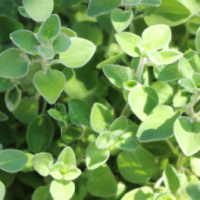The Different Types of Herbs and Their Unique Properties
Herbs have been an integral part of human culture for centuries, valued not only for their culinary uses but also for their medicinal properties. Understanding the different types of herbs can enhance both your cooking and overall well-being.
Culinary herbs are perhaps the most well-known, used to elevate flavors in a variety of dishes. Common varieties include basil, parsley, and cilantro. These fresh herbs are often preferred over dried ones due to their vibrant flavors and aromas; however, dried herbs can still provide convenience and longer shelf life.
Medicinal herbs offer a range of health benefits. For instance, chamomile is renowned for its calming effects, while echinacea is popular for boosting the immune system. These herbs can be consumed in various forms such as teas or tinctures.
Aromatic herbs are celebrated not only for their flavor but also for their fragrances that can enhance culinary experiences and promote relaxation. Varieties like rosemary and thyme fall into this category, providing both sensory pleasure and potential health benefits.
When choosing between fresh vs. dried herbs, it's essential to consider potency; fresh herbs tend to have a more robust flavor profile than their dried counterparts but may require adjustments in quantity when substituting one for the other.
Oregano
Overall, exploring popular herb varieties such as oregano, mint, and dill can lead to delightful culinary adventures while also tapping into nature's pharmacy through medicinal applications. Understanding these distinctions helps you make informed choices whether you're cooking up a storm or seeking natural remedies.








Comments
Post a Comment